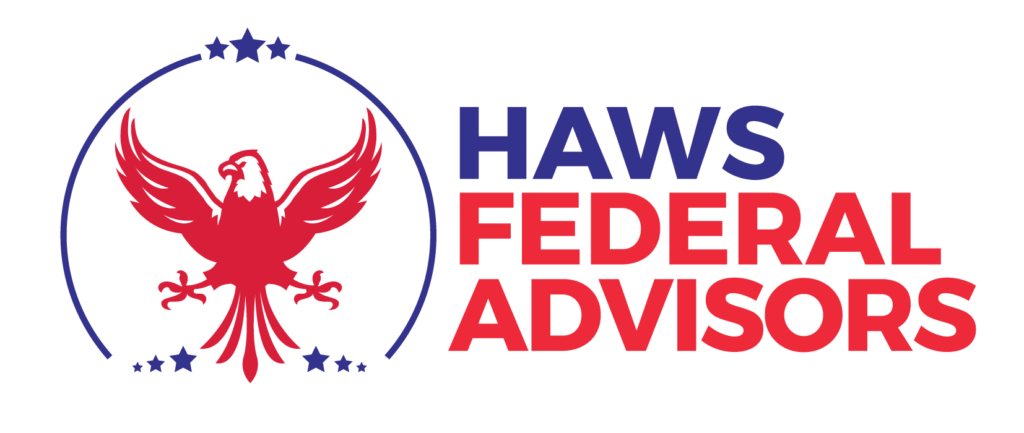Only a few months ago in January, federal employees saw a pay raise of 3.1%. At the same time, federal retirees only saw an increase of 1.6% to their pensions. The difference comes from how those increases come about.
COLA’s-Cost of Living Adjustments
The increase the retirees see every year is called COLA, or Cost of Living Adjustment. The increase is derived from a price index that is meant to mirror inflation. This index is called CPI-W or consumer price index for urban wage earners and clerical workers . It is used as a measure of the average change over time in the prices paid by consumers for a wide variety of goods and services. Basically, as the price of everyday goods and services goes up, so does this index.
For example, last year this index rose by 1.6% which meant that CSRS and FERS pensions received an increase (COLA) of 1.6%. But it isn’t always this simple every year. While CSRS pensions grow with the index exactly, FERS pensions do not as inflation goes over 2%. For example, if the index grows between 2-3%, FERS pensions will only grow 2%. And if the index grows by more than 3% than FERS pensions will grow at 1% less than the index. For example, if the index grew 5% then FERS pensions would only grow 4%.
Because of how these COLA’s are calculated, FERS pensions may not keep up with inflation over time. It will be important for retirees to make sure their investments (or other income) are able to make up the difference so that they can maintain their standard of living throughout retirement.
To get the full COLA, a retiree must have been receiving their pensions for a full year. If not, the increase is prorated based on the number of months that you were receiving benefits.
It is also important to note that for most FERS retirees, COLA’s do not start until age 62.
Federal Pay Raises
The pay raise that active employees see comes about in a completely different way. Every year the president sends a pay raise proposal to congress at which point that can approve it or come up with their own proposal. Once congress approves the raise, the president signs it into law. And as you might imagine, this process can be very drawn out and political at times.
On the bright side, the 3.1% raise that we just saw in January of 2020 was much higher than we’ve seen in years.
This chart shows the last 10 years of pay raises.
And despite some years of no growth, federal pay (especially with all the other great benefits) seems to be still competitive enough to encourage people to seek out government jobs.
We will have to wait and see what the government does next year and what the future holds for the millions of federal employees and retirees around the country.


